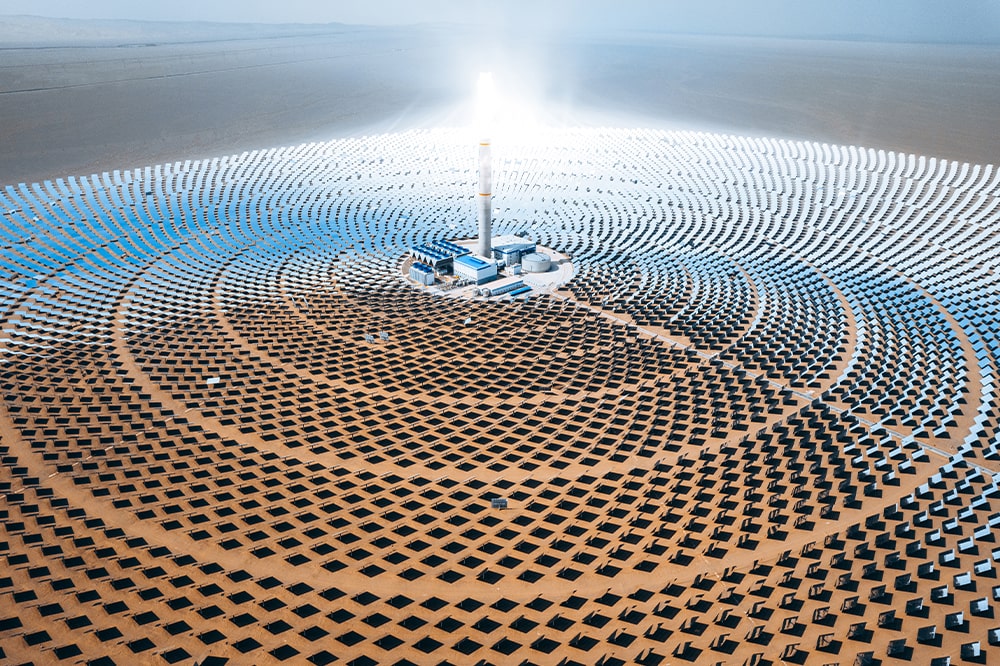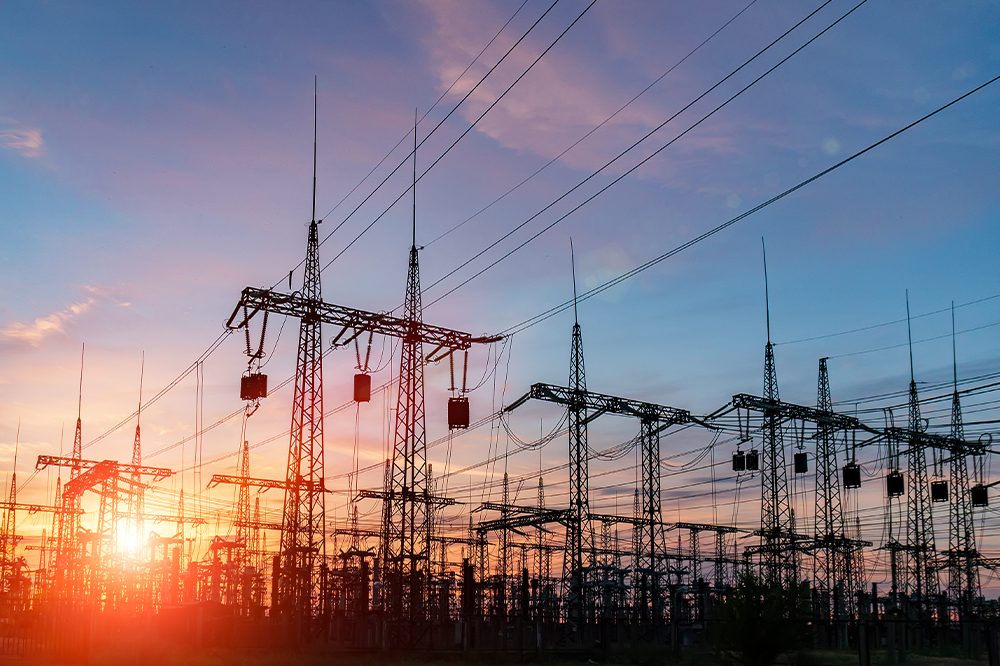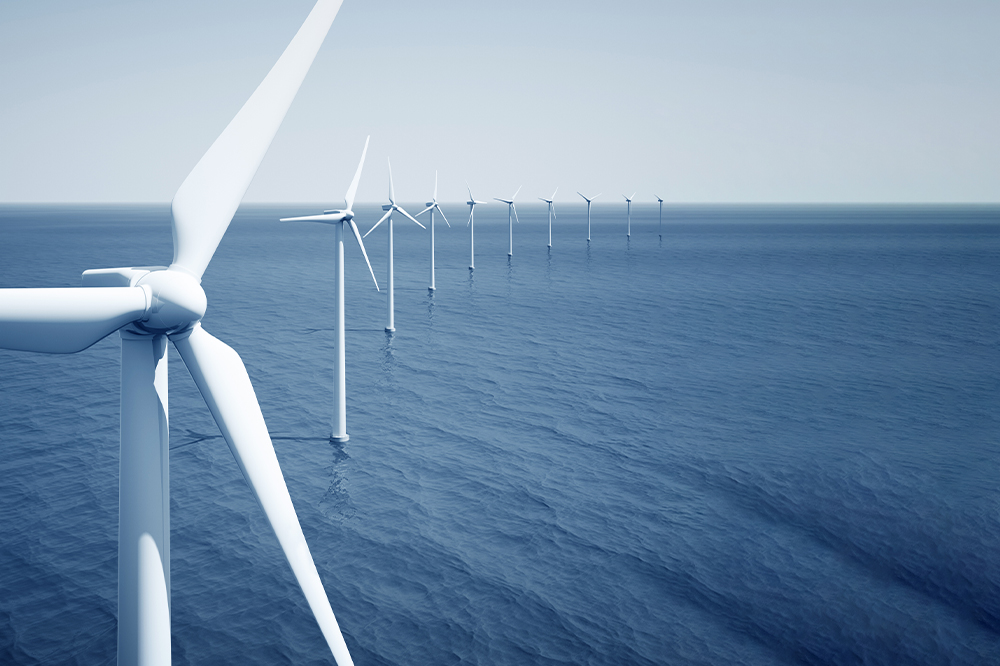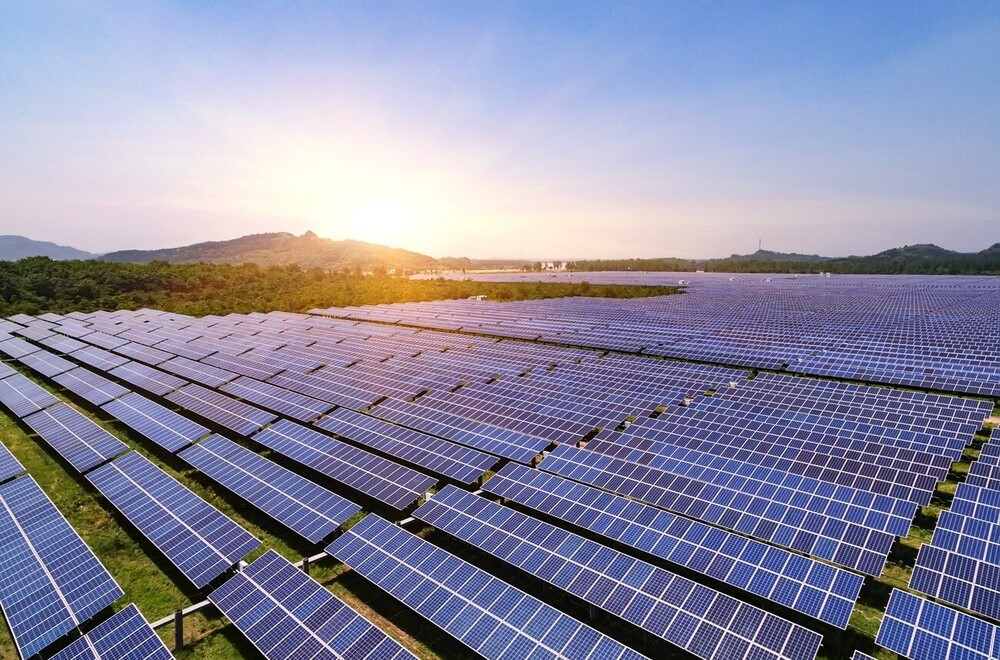Driven by the energy transition, national security concerns, and commitments to support domestic production, countries are increasingly taking measures to develop green economies and energy systems at home.
New legislation in the US, especially the Inflation Reduction Act and responses by the EU, including the proposed Green Deal Industrial Plan for the Net-Zero Age, are creating fresh challenges and opportunities for businesses. In this extract from a recent Clifford Chance webinar, our global team examine the latest developments and the potential for a trade battle between the US and the EU.
"This shift towards adopting green industrial policies also fits within the broader context of efforts to enhance competition and to onshore and nearshore supply chains," says Michelle Williams, a Clifford Chance Partner based in Washington D.C. "We see this happening in key sectors such as, solar, electric vehicles, and batteries. But it goes beyond green technology and energy transition, impacting all sectors and market players. The term 'revolution' is a fitting one, as we are seeing developments in the United States, Europe and across the globe that none of us have seen before."









